Adam and Eve, Putty Root, Putty-root (Aplectrum hyemale) is a unique perennial herbaceous plant belonging to the Orchidaceae family. Native to eastern Canada and the eastern and central United States, this orchid thrives in hardiness zones 3 through 8.
Found primarily in deciduous forests, the putty root orchid has an intriguing growth cycle. Its basal leaves emerge during winter when sunlight penetrates the bare forest canopy and die back in summer as the forest fills with foliage. Unlike many orchids, its flowers are modest and easily overlooked, blending into the woodland environment.
This perennial plant, with its understated charm, plays a subtle but fascinating role in forest ecosystems.
| Common name | Adam and Eve, Putty Root, Putty-root |
| Botanical name | Aplectrum hyemale |
| Family | Orchidaceae |
| Species | hyemale |
| Origin | E. Canada to E. Central & E. U.S.A |
| Life cycle | Perennial |
| Plant type | Herbaceous Perennial |
| Hardiness zone | 3, 4, 5, 6, 7, 8 |
| Sunlight | Dappled Sunlight |
| Drainage | Poorly Drained |
| Spacing | Less than 12 in. |
| Harvest time | Summer |
| Flowering period | Spring |
| Height | 1 ft. – 2 ft. |
| Flower color | Gold, Yellow |
| Leaf color | Green |
| Fruit color | Cream, Tan |
| Fruit type | Capsule |
| Leaf benefit | Showy |
| Garden style | Children’s Garden |
| Uses | Coastal |
I. Appearance and Characteristics
Aplectrum hyemale is a species of orchid native to the eastern United States and Canada, from Oklahoma east to the Carolinas and north to Minnesota, Ontario, Quebec and Massachusetts. It is particularly common in the Appalachian Mountains, the Great Lakes Region, and the Ohio and Upper Mississippi Valleys. Isolated populations are also reported from Arizona.
Aplectrum hyemale is the sole species of the genus Aplectrum. The generic name comes from Greek and signifies “spurless”. The species is commonly referred to as Adam and Eve or putty root; the latter refers to the mucilaginous fluid which can be removed from the tubers when they are crushed.

Aplectrum hyemale spreads underground through the growth of its tubers, forming large colonies. The leaves appear in late November and persist until March. They are uniquely pin-striped, with parallel alternating silvery-white and green stripes. In late May or early June the flower stalk emerges carrying several flowers, each only a few millimeters across. It is sometimes confused with Tipularia discolor, another orchid species that occurs in eastern North America.
There exists a color variation, Aplectrum hyemale var. pallidum which differs in flower color.
II. How to Grow and Care
Sunlight
Putty root orchid thrives in partial sun conditions, where it receives gentle, filtered sunlight conducive to its growth. It can, however, tolerate full shade, demonstrating a unique adaptability to lower light conditions. In excessive shade, putty root orchid may exhibit reduced vigor and potential leaf elongation as it stretches towards the light.
Outdoor planting should aim for spots with dappled sunlight under canopy cover, mimicking its natural woodland habitat. This balance ensures putty root orchid benefits from a harmonious light environment, playing a pivotal role in its health and floriferousness. Indoor cultivation is uncommon due to its specific ecosystem requirements.
Temperature

Orchid plants are native to tropical and subtropical regions, preferring warm, moist conditions. Optimum growth temperatures are between 18 to 28 ℃, and it’s best if there is a certain difference in temperature between day and night: for example, 20 to 25 ℃ during the day and 15 to 18 ℃ at night.
Putty root orchid is a drought-tolerant plant, but cannot tolerate waterlogging, and grows well at 50-70% humidity. If the leaf tips are withered, it means the environment is too dry. Use a humidifier or spray bottle to increase the air humidity.
Watering
Putty root orchid thrives in the moist, well-drained soil of its native woodland floor, where it has adapted to seasonal fluctuations in moisture. This species exhibits a preference for consistent humidity and is moderately drought-tolerant. Watering should align with its natural rhythm, typically once every week. As an orchid that is more commonly grown indoors due to its specific humidity requirements, putty root orchid benefits from regular misting to emulate the humid conditions of its native habitat during its active growing season.
Soil
The “soil” required for putty root orchid is special because, as an epiphyte, it originally grew on big trees in tropical forests. You need to mimic this growing environment with, for example, water moss, wood chips, coconut shells, volcanic stones, or perlite as soil substrate. You can also buy orchid-specific soil directly from gardening stores.
Fertilizing

For putty root orchid, utilize balanced nutrition fertilizers to bolster its growth, flowering, and vitality. Administer a diluted solution (quarter strength) monthly during active growth in spring and summer, tapering off in fall and ceasing in winter. Excessive fertilizer can harm putty root orchids. Incorporate this regimen along with regular care, ensuring proper nutrient uptake and plant health. Avoid fertilization during dormancy to prevent root burn or growth issues.
Planting Instructions
You do not need a large pot to grow a putty root orchid as it won’t produce a vigorous root system that occupies much space. If the pot is too large, the soil tends to collect water and cause root rot. The height of the pot should be 2.5 cm taller than the (pseudo)bulb of the putty root orchid. You can easily buy putty root orchid in a local gardening store and simply place it in a breathable, well-drained substrate.
After planting, use upright sticks to support flowering branches. In warm, humid climates, cover the root of the putty root orchid with sphagnum moss and attach them to a tree with strings.
Pruning
It is best to prune wilted putty root orchid flowers promptly after blooming to reduce unnecessary nutrient consumption and promote more blooms. Trim withered and diseased leaves promptly to increase air circulation, thus reducing pests and diseases.
Propagation

You can propagate putty root orchid by division or by cuttings.
Propagation by division: using a putty root orchid with more stems is a better option for the division. You should do this after blooming. When dividing the plant, dig it up carefully with its roots intact, and cut the roots into several clusters from the base. Remember to use clean tools and disinfect the wounds with a fungicide.
Then plant your divided clusters in containers and keep them in a cool place. While the new roots are growing, spray them with plenty of water to prevent them from drying out.
Propagate by cuttings before flowering. Choose a healthy, thick stem, remove the leaves, and cut it into small 2-node pieces. Insert the bottom directly into the substrate. Keep the substrate moist, and they will root and sprout in about 2-3 months.
You can also propagate by cuttings by laying the entire stem on top of moist substrate, and cutting it into pieces after it roots and sprouts. Transplant those rooted cuttings into pots for further growth. A third way to propagate by cutting is possible during weather with high temperatures, when the stems develop roots, and you can cut them off and plant them.
III. Harvesting and Storage

If you want to display putty root orchid flowers in vases, harvest there are only 2-3 flowers blooming on the stem. Cut diagonally at the bottom of the flower stem, and place it in a vase immediately. You can enjoy the cut flower in clean water for about 14 days, or for a longer time with preservatives.
Find Where to Buy the Best Putty Root (Aplectrum hyemale)

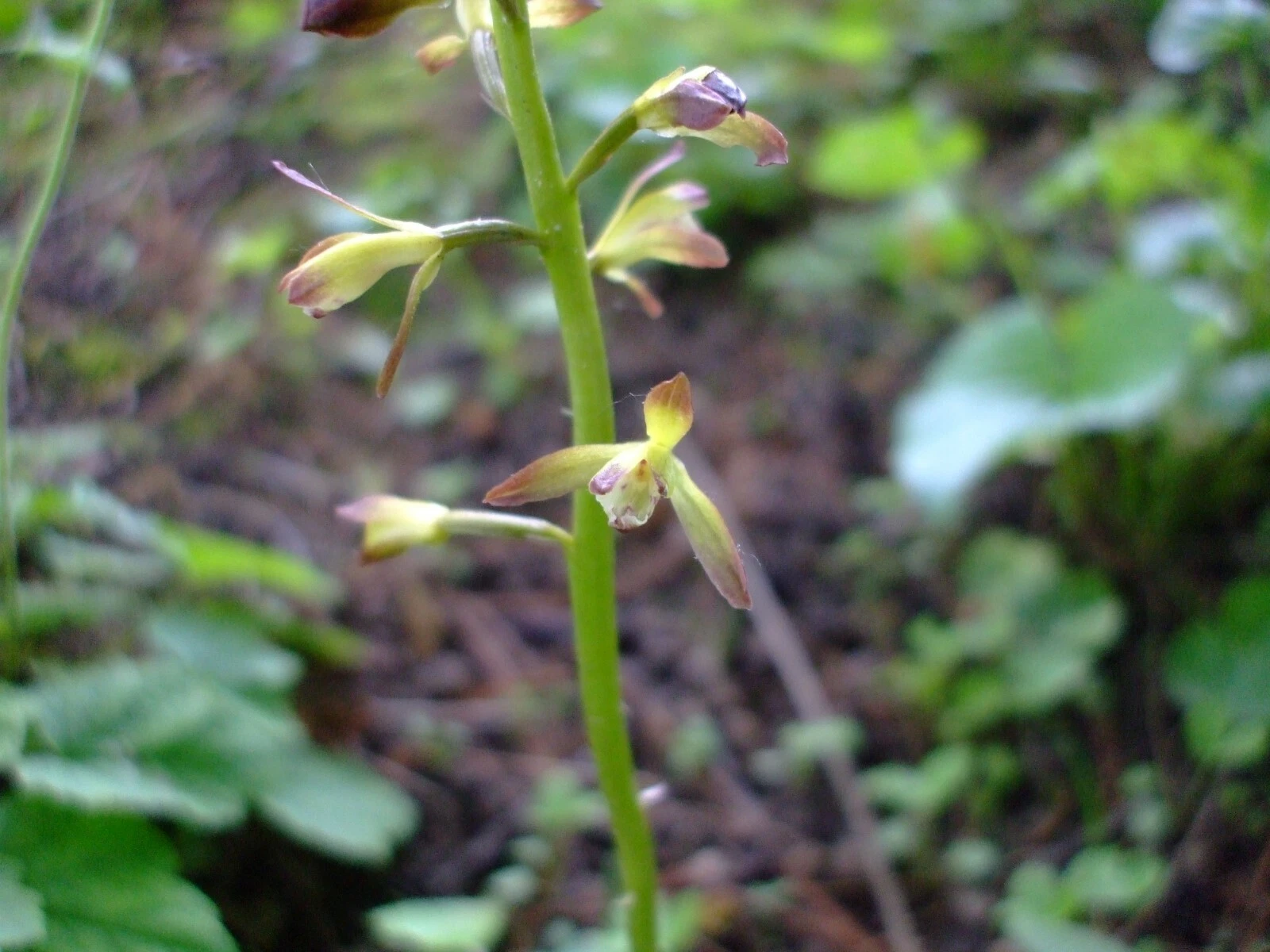

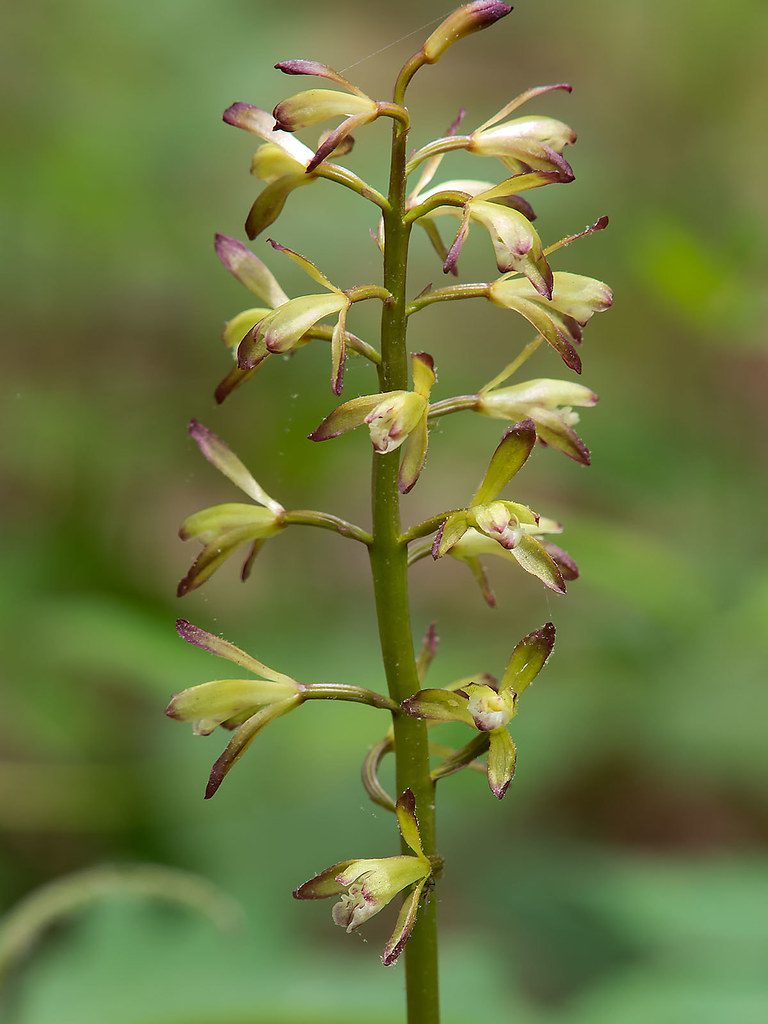





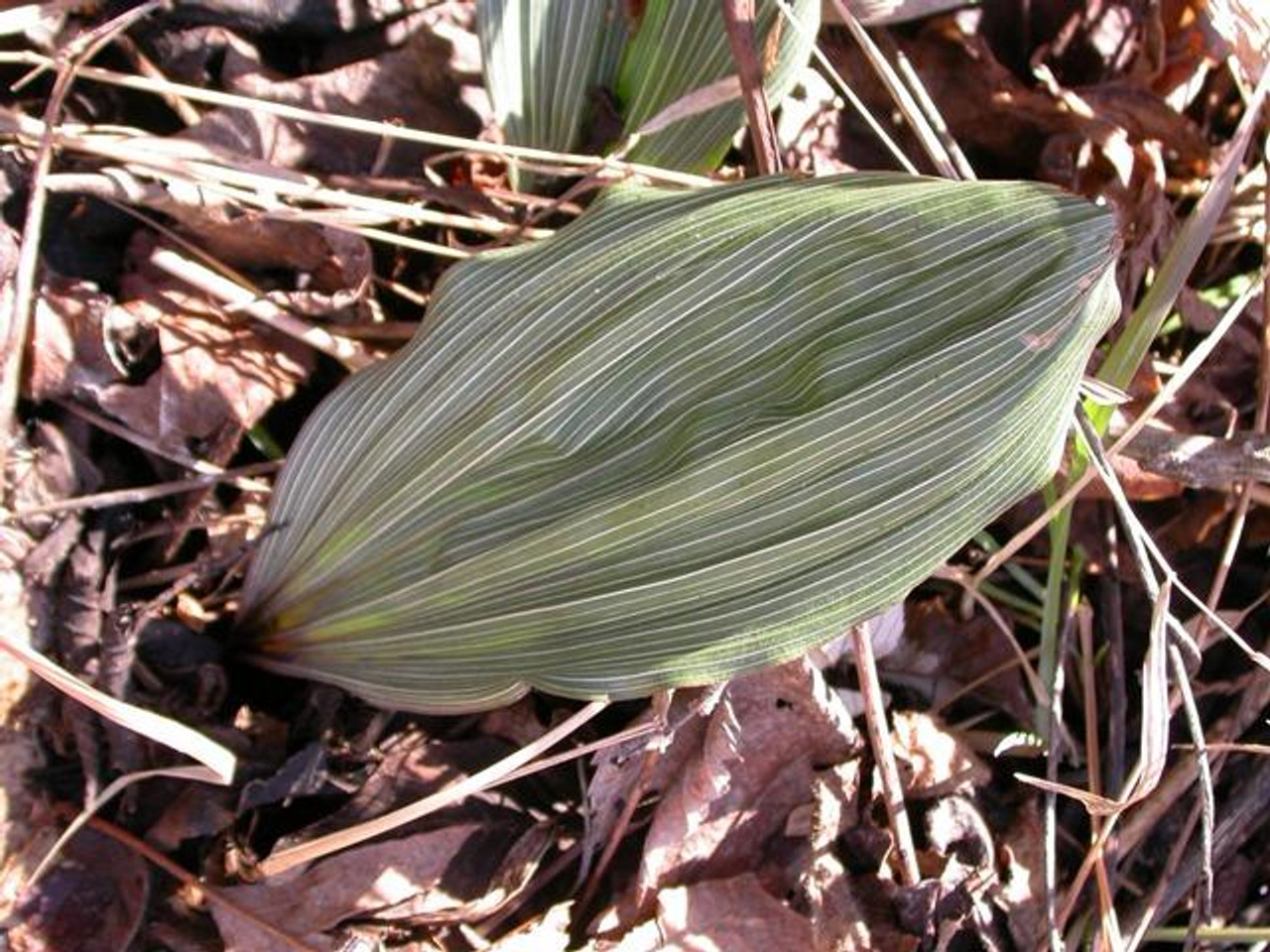
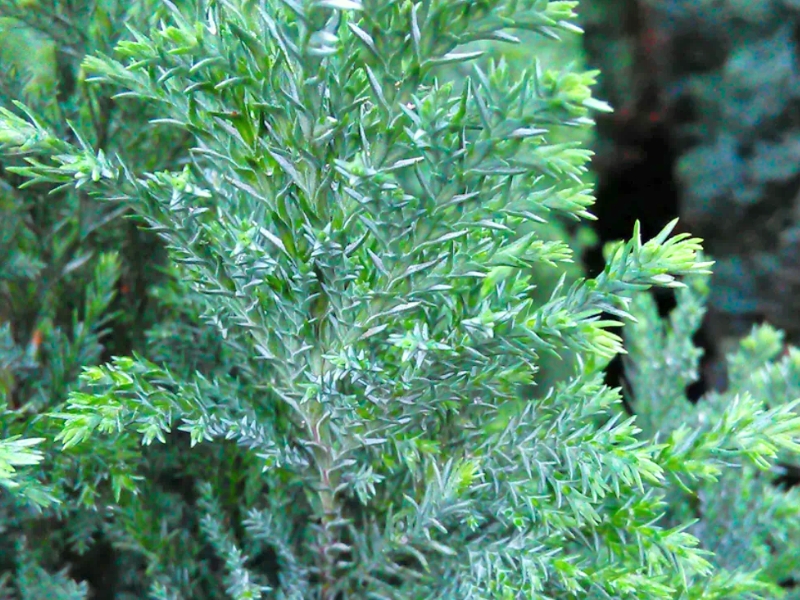

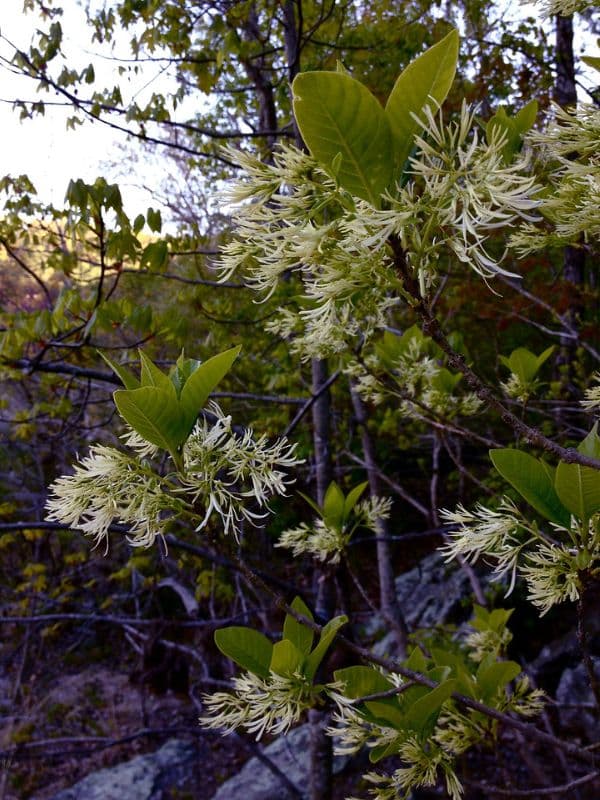
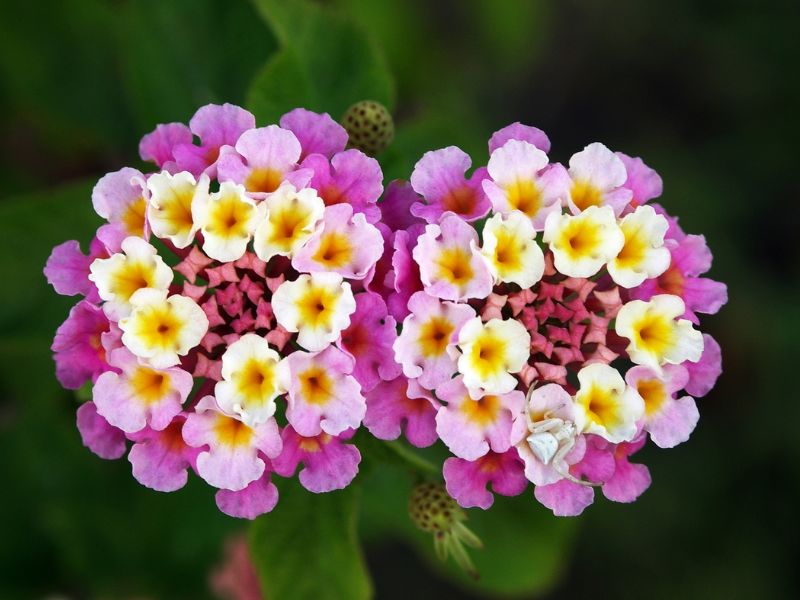
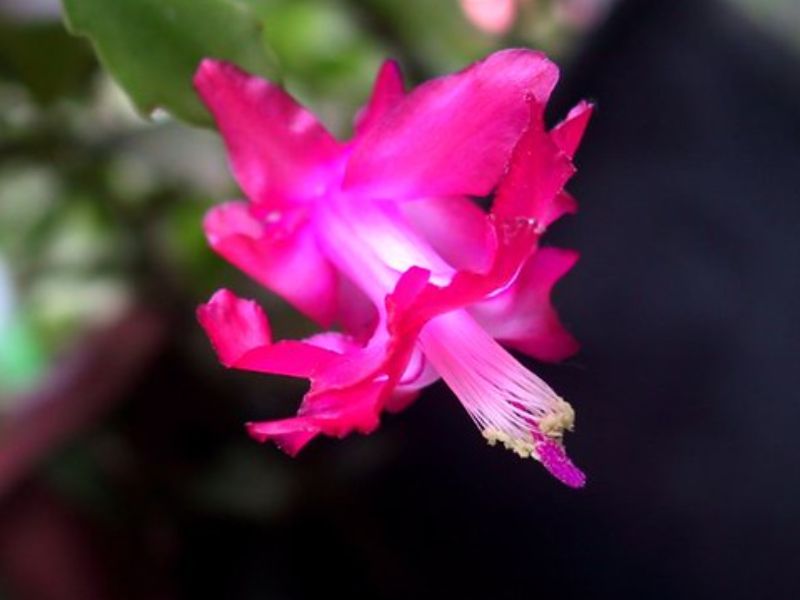
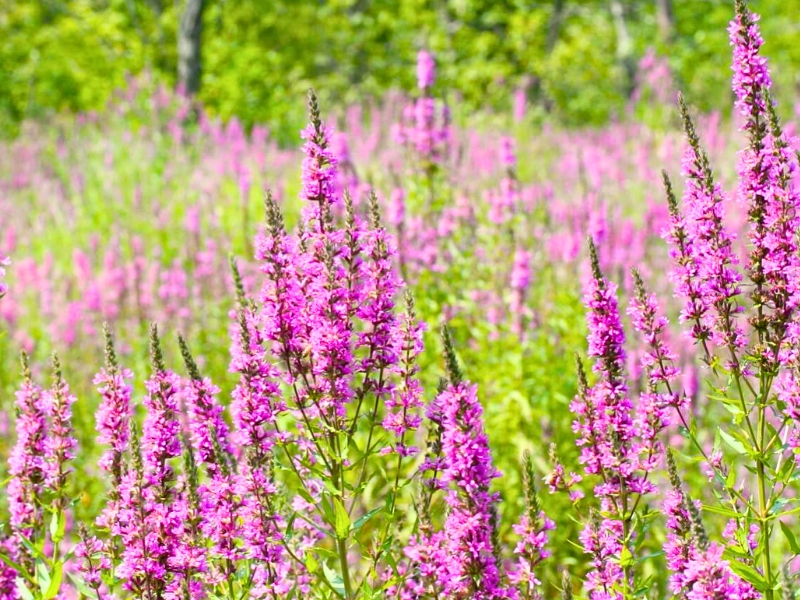
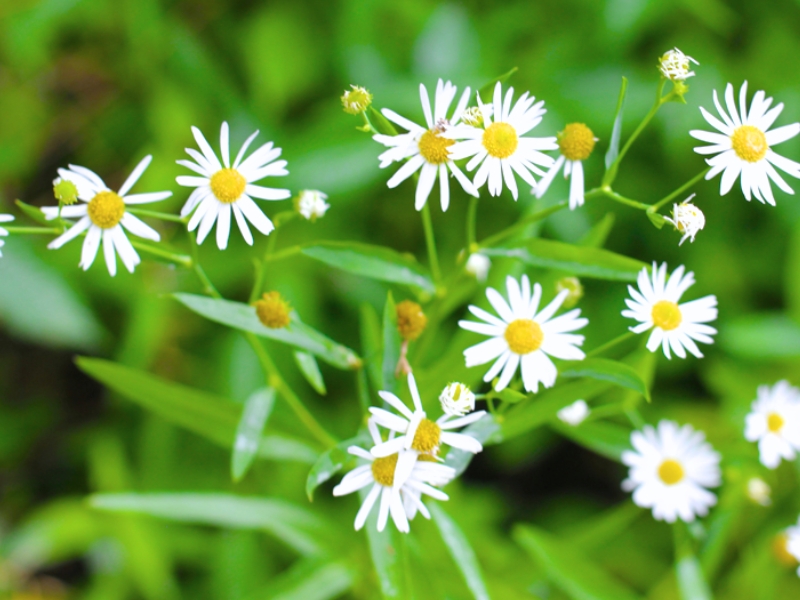
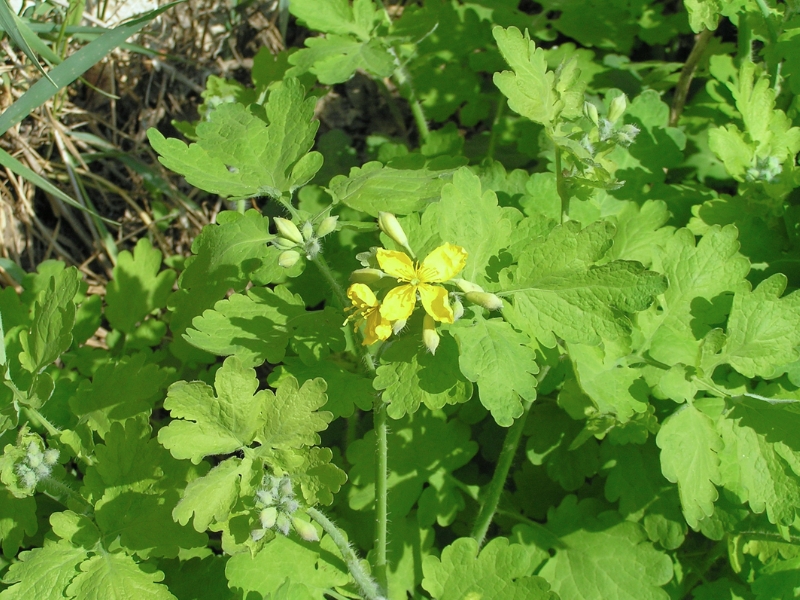
Leave a Reply